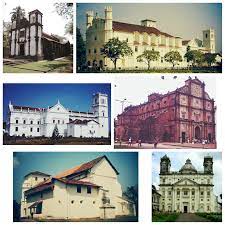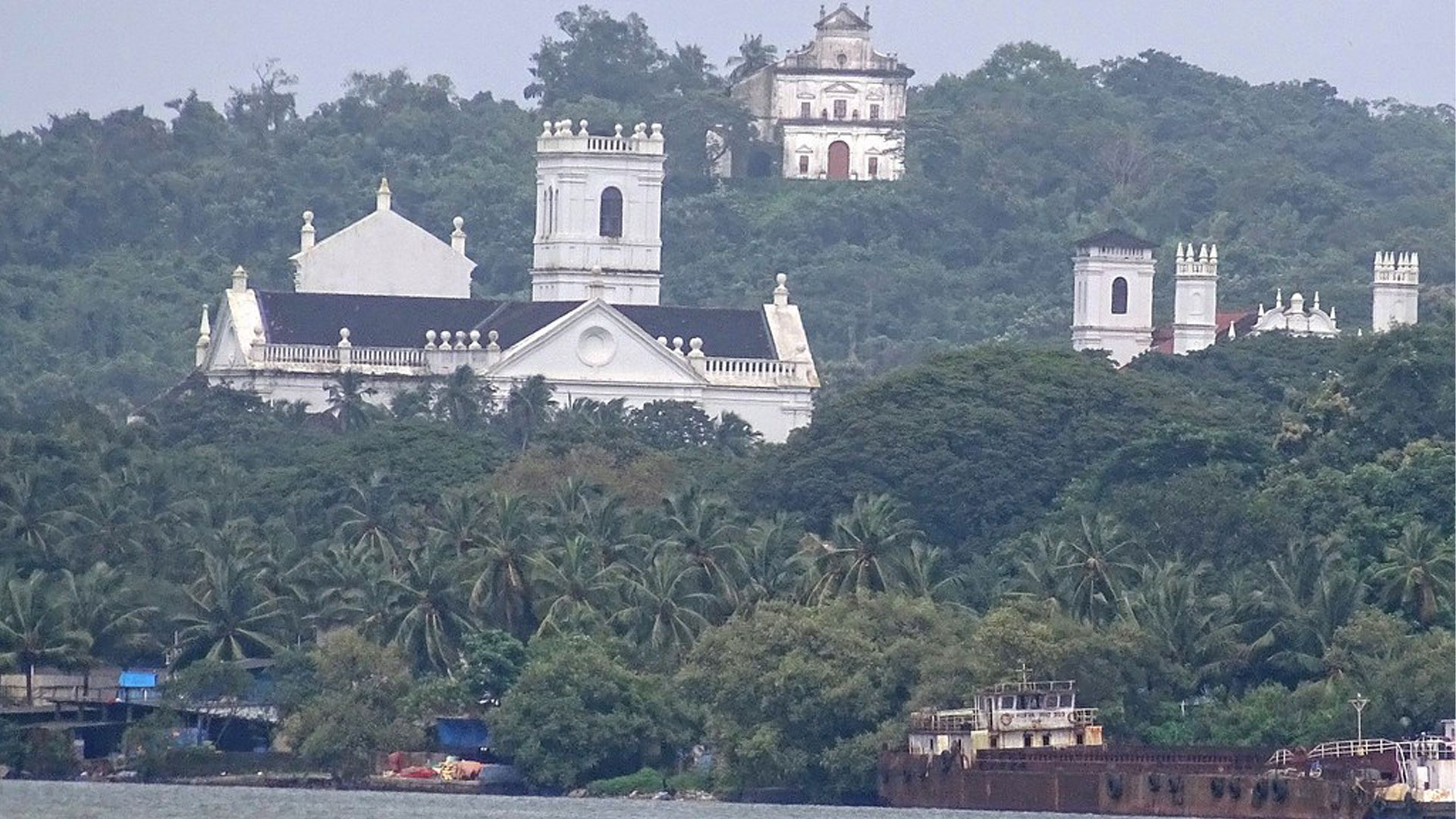Old Goa is Forever
A recent headline, ‘Construction at Old Goa heritage site raises eyebrows’ (Herald, 11.7.2021), points to unseemly changes stealthily taking place in the former world-city-turned-museum-city. Once upon a time a grand old lady, Old Goa is now a weak and defenceless widow. We continually sing her praises, yet have no qualms about inflicting the most horrific sufferings upon her. It is therefore never too much to conscientise our people and never too late to unmask the culprits.
The city of Goa rose and fell quite dramatically. It began as a fifteenth-century, Muslim creation. In 1510, the Portuguese conquered it at the behest of the Hindu population led by Timoja. A new city emerged and rose to great heights as the capital of the Portuguese Oriental Empire. A political power hub, commercial emporium, educational and cultural centre, religious powerhouse and ville d’élégance, Goa was widely regarded as ‘the Golden’.

The golden period ended in the mid-seventeenth century, with the collapse of the Portuguese power. Manuel Godinho in his travelogue Relação do Novo Caminho (1663) states: ‘If it has not expired altogether it is because it has not found a tomb worthy of its former greatness.’ The urban space had become so unhealthy that the population decided to relocate to the suburbs; and the misery so deep made its massive scale unsustainable. By 1843, ‘Nova Goa’ (New Goa, now Panjim), a new capital, was born; a toy-town built with materials from its predecessor’s ruined or demolished edifices.
The metropolis of yore was a rendezvous of East and West, a hallowed place where Asian and European cultures merged, a pioneering precursor to globalisation. Quite remarkably, the demise of the city didn’t spell the demise of its spirit. The physical structures were abandoned – be it the churches, the Brahmapuri temple and the Muslim hat-khatro – but the city’s human spirit wafted across the Goan territory. In 1986, UNESCO declared Old Goa a world heritage site.
In fact, Old Goa can well be regarded as the mother of modern Goa: of Goans as a political entity and of Goanness as a way of life. Goa’s cultural uniqueness has its roots there; its language and literature, music and architecture, clothing and cuisine, laws and her very mind-set are by-products of its institutions, such as the municipal senate (1511), university (1543), high court (1544), printing press (1556), and others. Communal peace and harmony, which resulted from that decisive charter of 1526, has since thrived under the protective umbrella of the city’s Saint-in-residence, who is revered as Goencho Saib. All of that experience is part of the Goan DNA.
Old Goa is forever; she is our pride and deserves better. Meanwhile, it is distressing that the monsoons have caused ‘a massive flow from the deforested buffer zone of the heritage site and newly concretised Kadamba plateau’ (Times of India, 14.7.2021). Isn’t that yet another instance of ignorance, negligence, or malicious intent? Whatever the case may be, it doesn’t augur well for the Goan soil and soul. We rather owe it to ourselves to protect Old Goa; let’s forthwith desist from lip service and get down to saving the precious little that remains.
(First published in The Goan Review, Mumbai, July-Dec 2021)
